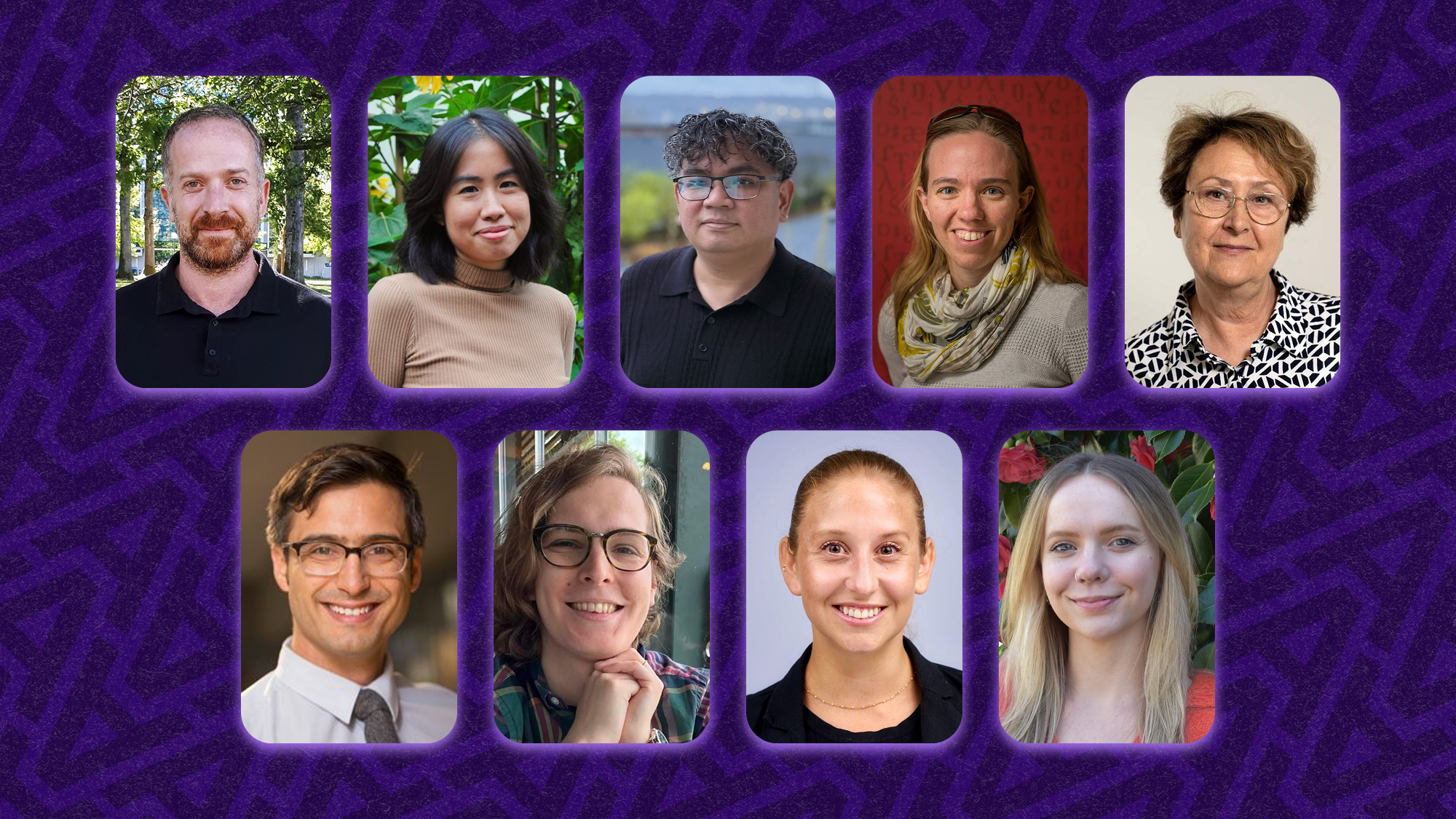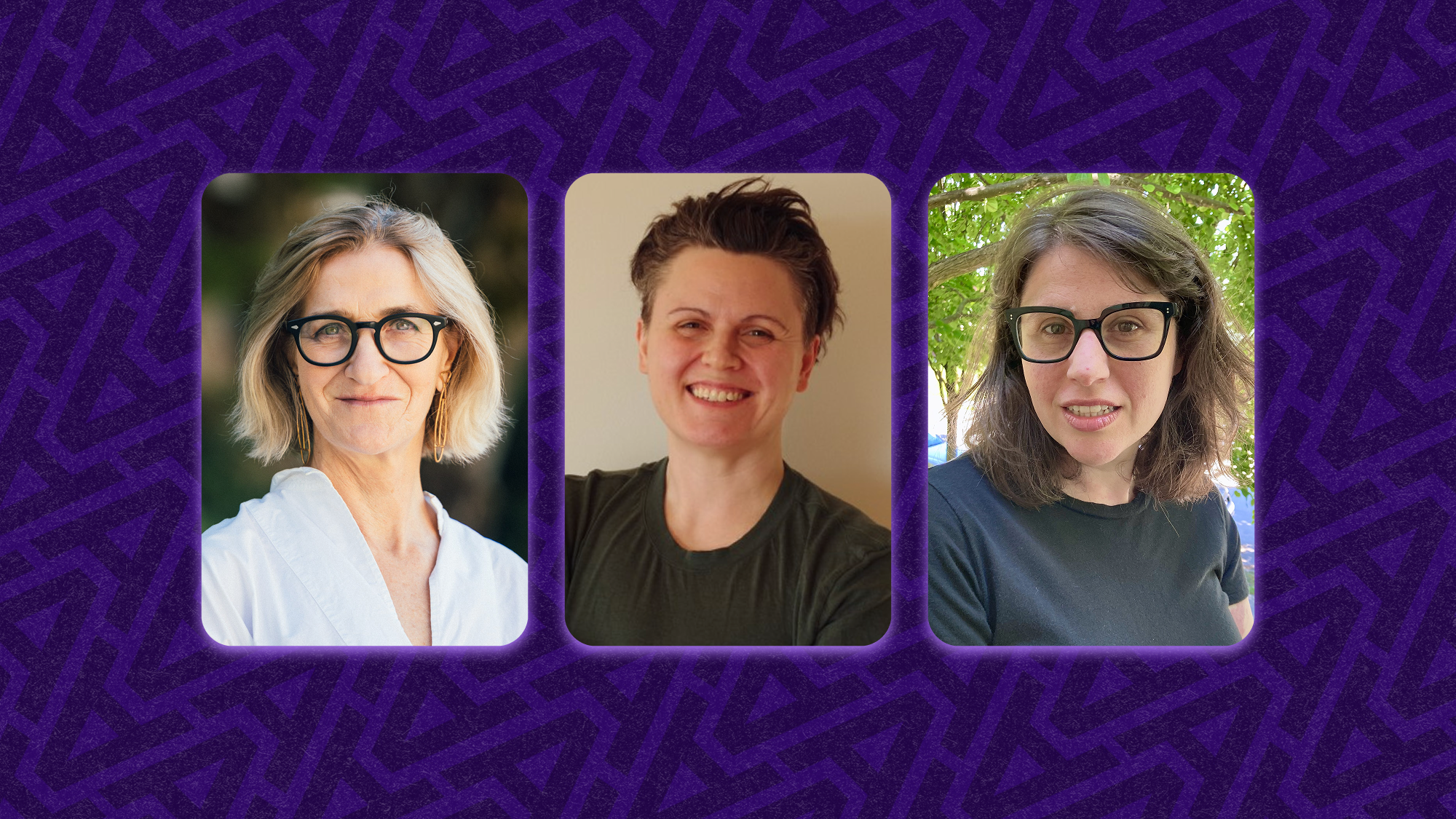By Katie Fedosenko
Anthropology students challenge preconceptions in new exhibit.
An exhibit on the Inuit art market at the Museum of Anthropology was curated by 17 undergraduate students.
The exhibit “Faces and Voices of the Inuit Art Market” examines how the authenticity and value of Inuit art is determined as it moves through Canadian and International markets.
Associate Professor Susan Rowley, who with Assistant Professor Jennifer Kramer, co-teaches the fourth-year anthropology course that created the exhibit, said this course is a great example of how “book learning, thinking and reflection” can be transformed as “knowledge to share with the wider community.”
Challenging preconceptions
Joey Baird, one of student curators, said one of the goals of the exhibit was to challenge preconceptions about Inuit art. Students surveyed museum visitors in Fall 2010 and found that many people thought Inuit art was out-dated and consisted largely of stone sculptures.
To challenge these expectations in an exhibit, the students developed four themes: issues of authenticity, mapping the art market, concepts of value and the history of Inuit artists. “A lot of what we were trying to do was to portray how complex the art market is,” said Baird.
The exhibit explores some of these themes through sound. “We were trying to challenge what people would assume to hear at an exhibit about Inuit art—the sound of a cash register, of a plane taking off, of a cargo truck,” said Anna Rucker, another student curator running the exhibit this summer.
Students share their work online: you can find “Faces and Voices of the Inuit Art Market” on Facebook.
The curatorial process
The exhibit is the final project for ANTH 431, which ran during Term 1 and Term 2 of the Winter 2010/2011 session. “We knew there was a traveling exhibit on Inuit art, so we asked our students to do an exhibit on the art market. From there, everything else came from them,” said Dr. Rowley.
The students worked in groups to plan ‘Faces and Voices,’ which is larger than past student exhibits. “They ended up with a lot of space, almost double what students had in the past,” said Dr. Rowley.
With help from a UBC Arts Undergraduate Research Awards grant, six of the 17 ANTH 431 students were invited to stay on during the summer to help run the exhibit.
When “real life” meets classroom learning
ANTH 431 is a combination of co-operative education and course work. “We try to emphasize the real schedule of a real working institution. You’re working on multiple strands all at the same time and with groups, which include students and staff with different stakes,” said Dr.Kramer.
ANTH 431 has a long history; one version of this course was taught by Audrey Hawthorn, one of the people to establish MOA in 1959. Many students from ANTH 431 go on to careers in the museum, including Stephen Inglis at the Canadian Museum of Civilization, Anita Herle at the Cambridge Museum of Archeology and Anthropology and Gloria Cranmer-Webster, first director of the U’mista Culture Society in Alert Bay. Visit the Course Schedule to check when this course is offered.



